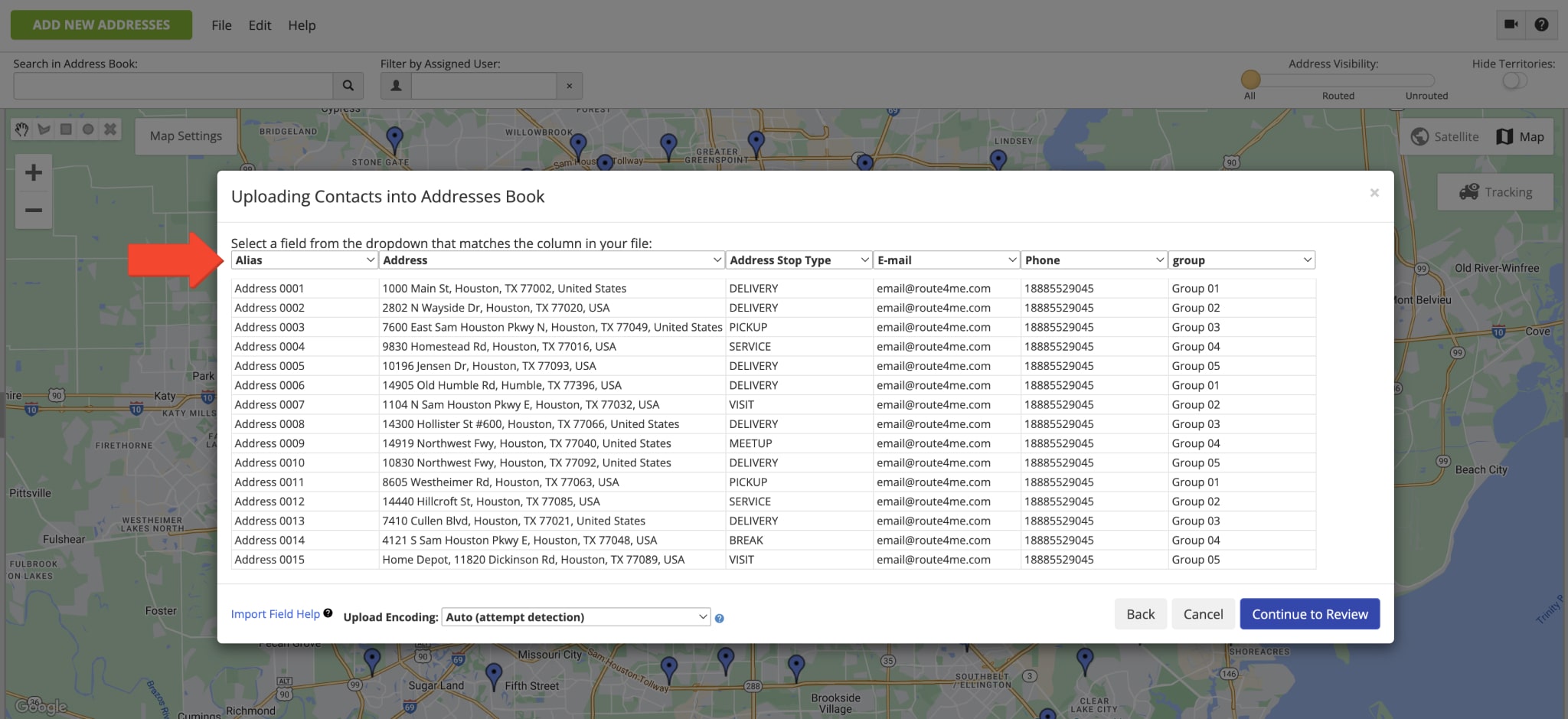How To Track Delivery Drivers On Routes With Smart Driver Tracking
Driver tracking, GPS tracking, and fleet tracking are critical for any delivery business, from local couriers to national last mile carriers like UPS and FedEx. These tools help you monitor driver behavior, analyze fleet performance metrics, and track key driver performance indicators. By combining customer-facing delivery tracking with internal fleet monitoring, you gain full operational visibility. Learn how Route4Me’s delivery management software helps you follow drivers in real time, boost accountability, and enhance customer satisfaction.
Table of Contents
What Is Driver Tracking?
Driver tracking (sometimes called last mile carrier tracking) covers two main use cases:
- Customer tracking – Customers can track and trace deliveries in real time.
- Carrier tracking – Delivery managers get full visibility into fleet operations.
The most effective businesses combine both. To support this, your tracking software should offer:
| Driver Tracking for Customers | Driver Tracking for Delivery Managers |
|---|---|
| Branded tracking page or customer portal | Reports with driver performance metrics |
| Automatic customer delivery alerts and notifications | Route deviation notifications and fraud detection |
| Live driver or order tracking on map | Live driver and order tracking on map |
| Give paperless proof of delivery (POD) | Collect paperless proof of delivery (POD) |
| Communication with drivers | Live communication with drivers |
| Improvement of customer satisfaction | Identification of underperforming drivers |
How To Successfully Leverage Tracking
Watching a dot move on a map isn’t enough. To truly benefit from driver tracking, you also need:
- Optimized routes: to make more money and save time
- Dispatch management: to easily assign drivers to routes
- Live tracking: to oversee the drivers’ progress on routes
- Paperless POD: to improve operational accountability
- Driver performance KPIs: to see how productive your drivers are
Here’s how to track drivers in 6 easy steps using your delivery management software:
1. Implement Delivery Management Software With Driver Tracking Features
The foundation of effective driver tracking is software that combines routing, dispatching, and fleet visibility. Route4Me’s business route planner software is built for scalability, offering customizable features so you only pay for what you need.
2. Create Profiles For Your Delivery Drivers
Set up accounts for route planners, dispatchers, delivery drivers, delivery managers, and analysts. This organizational structure makes it easy to assign routes, monitor performance, and keep responsibilities clear. Route4Me also supports bulk driver import. to save time.
3. Import Delivery Data From Your CRM or eCommerce Platform
Keep all customer and order data in one place by syncing Route4Me with HubSpot, Zoho, Pipedrive, Salesforce, Magento, Shopify, BigCommerce, WooCommerce, and more! You can also upload delivery addresses from Excel spreadsheets or cloud storage services like Google Drive or Dropbox.
4. Create Delivery Routes With Multiple Stops And Optimization Constraints
After syncing data, use route optimization to cut wasted miles and avoid late deliveries. Route4Me, the easiest delivery routing software solution, lets you build routes with rules such as:
- Time windows and customer availability
- Vehicle carrying and loading capacity
- Workload distribution
- Number of depots
- Maximum distance per route
- Maximum number of stops per route
5. Dispatch Routes To Driver Apps
Assign optimized routes directly to drivers’ iOS or Android devices. The Route4Me route planner apps include:
- Voice GPS navigation
- Live traffic map layers
- Paperless POD and Sign on Glass
- Barcode scanner
- Turn by turn driving directions
- Offline GPS navigation
- In-app tutorials
6. Track Drivers On A Live Map
Once drivers start, you can track route progress on a live map. Route4Me also provides animated tracking history, showing exactly how routes were completed.
7. Collect Paperless POD
Switching to electronic proof of delivery saves time and eliminates paperwork. Drivers can capture signatures, photos, audio notes, or videos directly in the app, ensuring every delivery is verified.
8. Analyze Driver Performance And KPIs
Finally, measure results via fleet KPI metrics. Route4Me reports include planned vs. actual stops, distance, time, and POD collected. You can also spot unauthorized idling or route deviations in real time, making driver tracking a powerful accountability tool.
Tracking is a complex process. It’s more than just watching drivers on a map going from A to B. It requires careful planning and fleet monitoring. Route4Me can help you keep driver activity and driver behavior monitoring in check. With its complex GPS tracking capabilities, Route4Me – the quickest delivery routing software – will help you track drivers and accurately measure fleet management performance metrics.
Last Updated:








